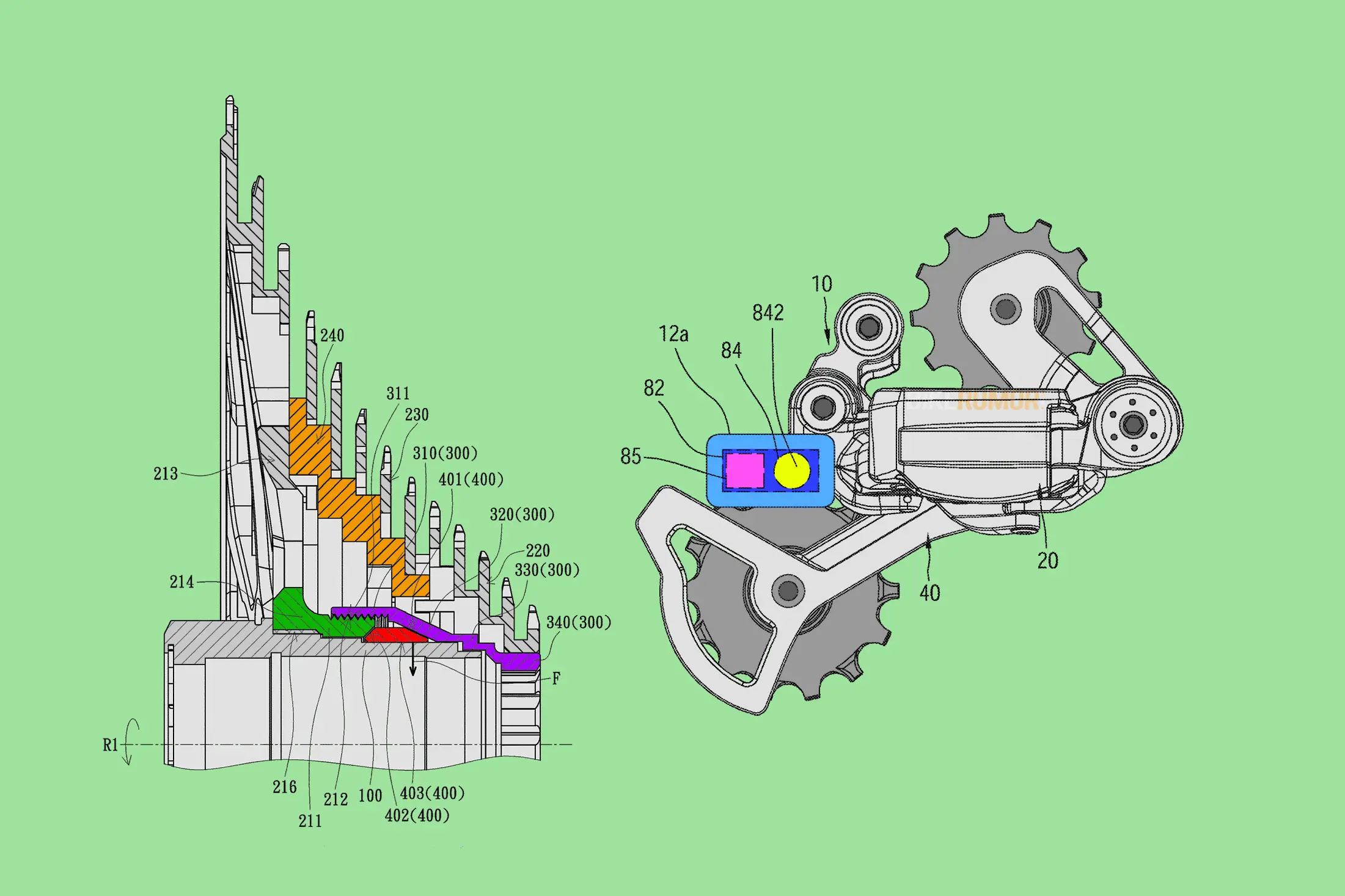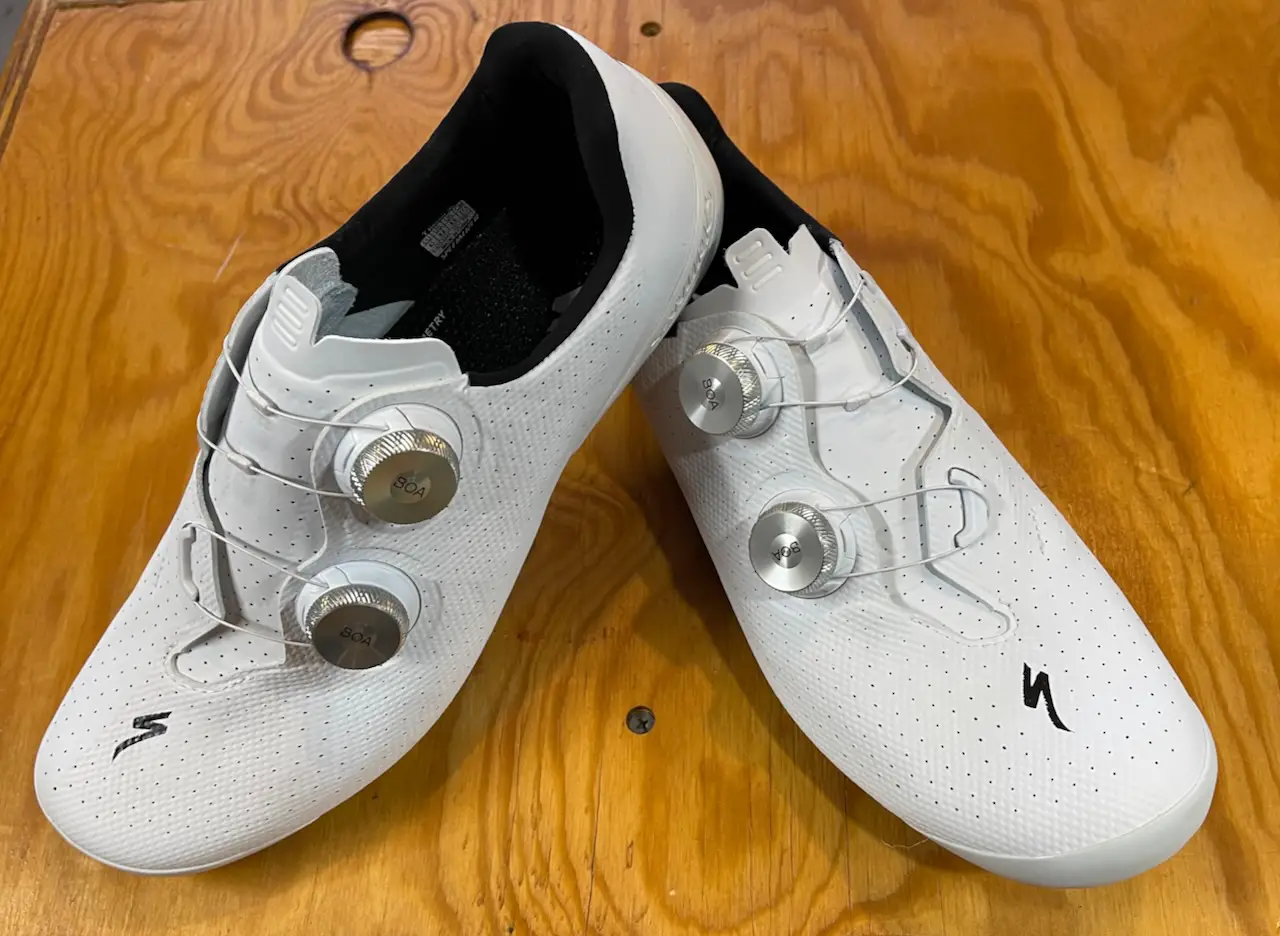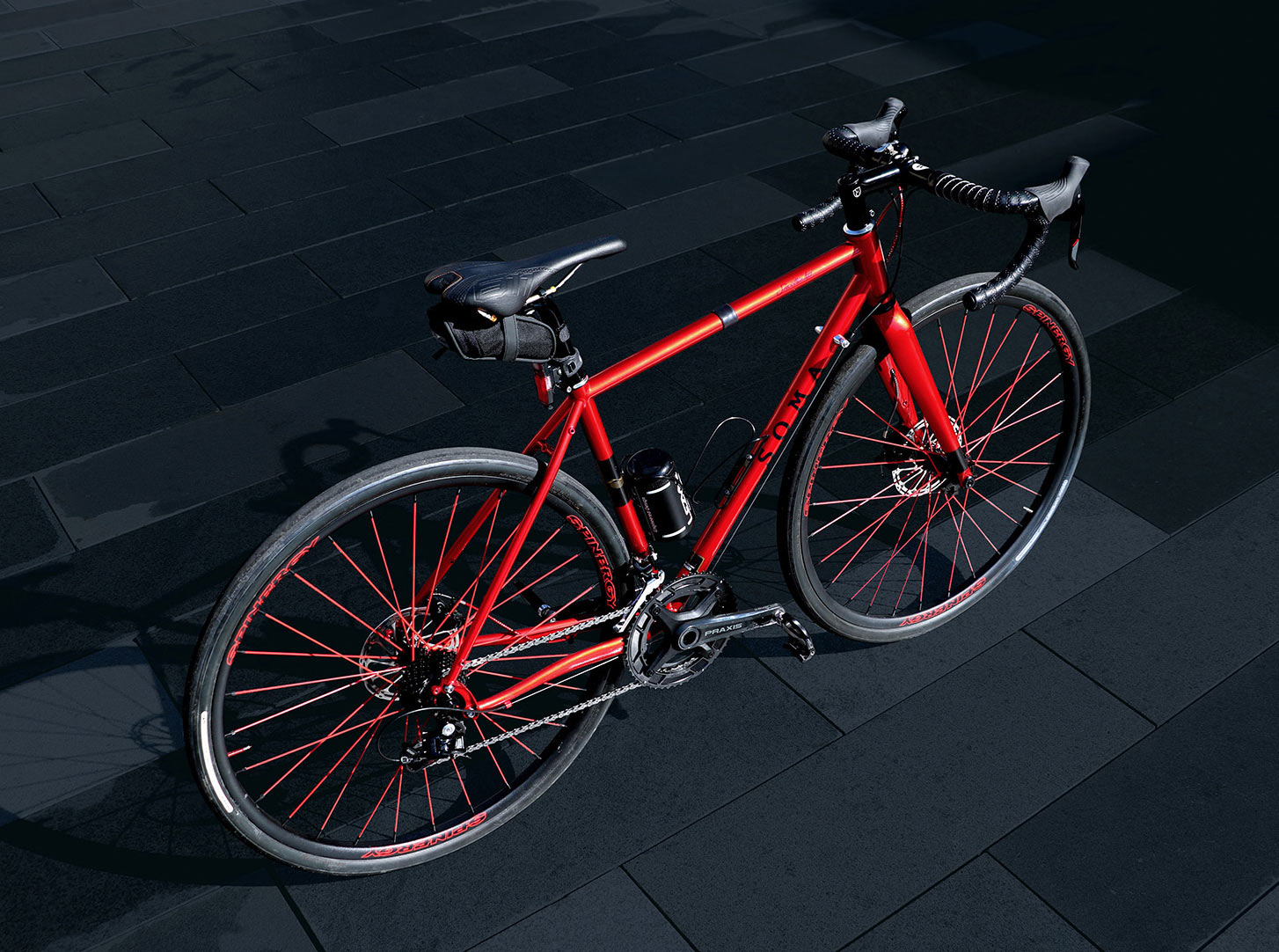[ad_1]
Two recently published patents from Tien Hsin Industries, the parent company of FSA, suggest that a 13-speed Wireless Electronic Groupset could be on the way soon. Will it mean the first FSA KFX mountain bike groupset?
The first patent – US11529827 – depicts and describes a 13 Speed Cassette with a fairly wide 10-48T sprocket arrangement, while the second – US11560200 – describes a wireless electronic rear derailleur with a clutch mechanism and the ability for non-contact charging…
Is an FSA 13-Speed Electronic Drivetrain on the Horizon?
The 10-48T cassette shown in US11529827 would give this hypothetical FSA 13 Speed drivetrain a 480% gear range, wider than Campagnolo’s Ekar 13-speed 9-42T cassette that delivers a 467% range, and wider than the more niche Rotor 1×13 gravel 10-46T, but less than their 10-52T MTB variant.

The FSA 13-speed sprocket breakdown is as follows: 10-12-14-16-18-20-22-25-28-32-37-42-48.
My eyes hurt. That translates to steps of 2-2-2-2-2-2-3-3-5-5-5-6… tighter spacing than you get on most modern wide-range cassettes thanks to that extra cog, much like Campy explained with Ekar.

Not only is its range wider than any of Campagnolo’s 13 Speed Cassettes, it also offers a different perspective on gear spacing (Ekar in gray, above). Presumably, with more off-road focus, it gets bigger steps percentage-wise between the two smallest (fastest) cogs, then a more consistent 10-15% gradient throughout the rest of the cassette (see that orange line above).
The spread is more comparable to that seen on wide-range cassettes for MTB such as the 12s 10-52T Eagle from SRAM (in blue, above). But the FSA 13-speed solution delivers more consistent steps at slower speeds (big cogs) compared to SRAM’s ramp-up to bail-out gears approach.
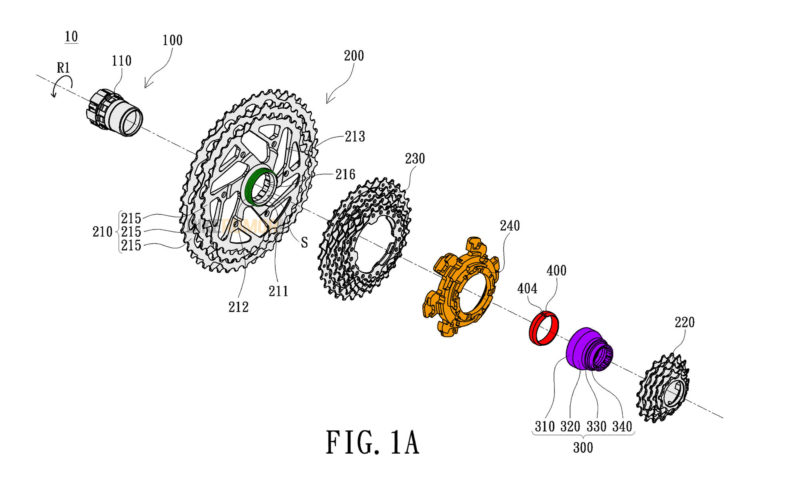
An exploded diagram shows that the sprockets of the cassette are manufactured in three separate blocks. These are fixed to one another via a multi-faceted multi-stepped carrier, or sprocket base (orange), and a second adapter (purple) that itself threads onto a central region of the largest block (green). While that largest block is sleeved onto the freehub (looks to be XD/XDR), the central sprockets and outboard sprockets are coupled to it via the sprocket base and this second adapter that makes use of a pressing portion (320) and a friction member (red) in a sort of press-fit arrangement.
A wireless FSA KFX 13 mountain bike derailleur?
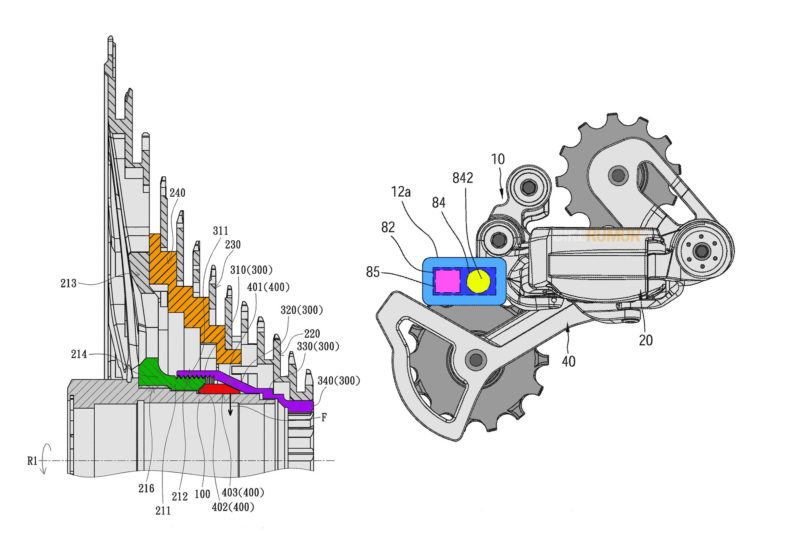
As for the Wireless Electronic Derailleur itself shown in US11560200, the exact number of gears it can shift through is not specified. The presence of a clutch mechanism (see below) does indicate its intention to venture off-road onto unpredictable terrain where there is greater scope for bumps, holes, and larger features to give that lower chainline a good shaking. Paired with the abovementioned cassette which bottoms out at 48T, it seems it would be most likely to find its home on some kind of racing-focused mountain bike or maybe a super adventurous drop-bar offering.
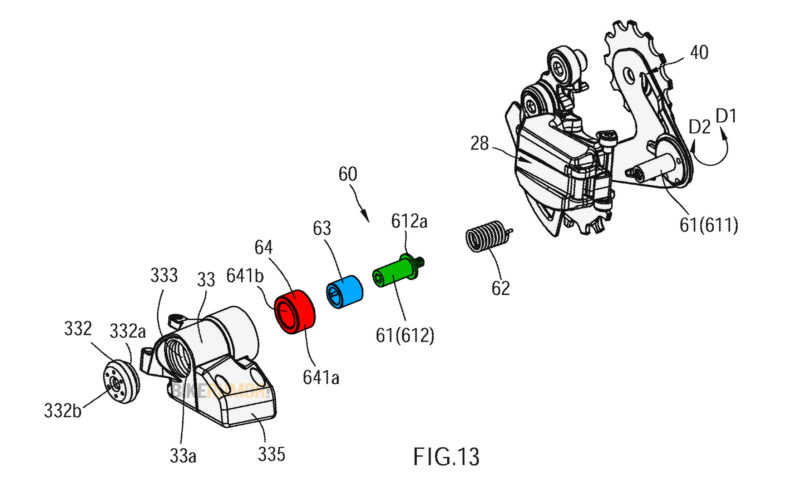
In terms of bicycle derailleurs, what you and I would normally think of as the clutch is actually referred to as the “damping member” in the patent from Tien Hsin Industries – parent of FSA. The damping member is a one-way bearing (red, above) positioned about the rotation axis between the derailleur’s main body and the cage assembly; i.e. at the P-Knuckle.
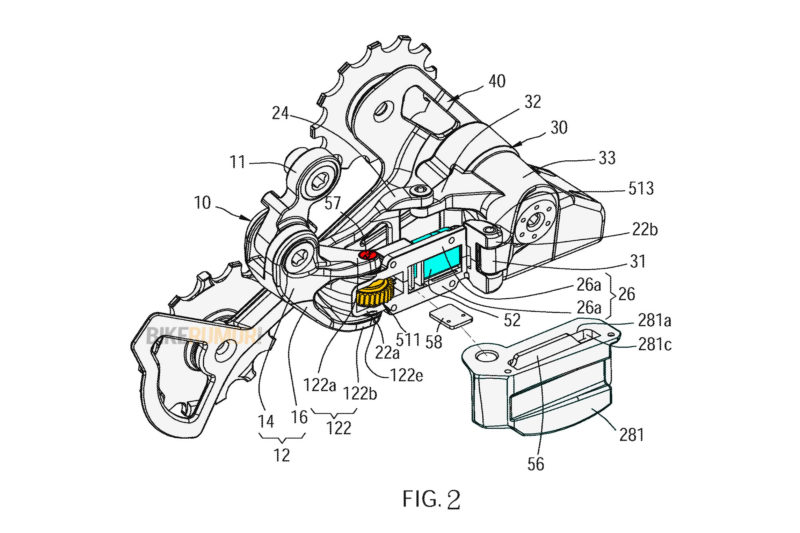
That’s important because the patent describes a second clutch mechanism integrated within the shifting portion of the derailleur, the purpose of which seems to be to add lateral stability to the shifting mechanism. It can automatically and electronically disengage and engage as necessary, protecting itself in the event of lateral impacts. The shift motor itself is located on the outboard linkage of the derailleur’s parallelogram (52 in cyan, above) with force driven through the meshed gears (orange) about the red-colored pivot in Fig. 2.
A second point of interest on this potential new derailleur from FSA is its non-contact charging capacity. In some embodiments, the derailleur features removable rechargeable batteries (underneath P-knuckle, in Fig. 2), but in others the batteries are much smaller and can be charged through inductive charging.
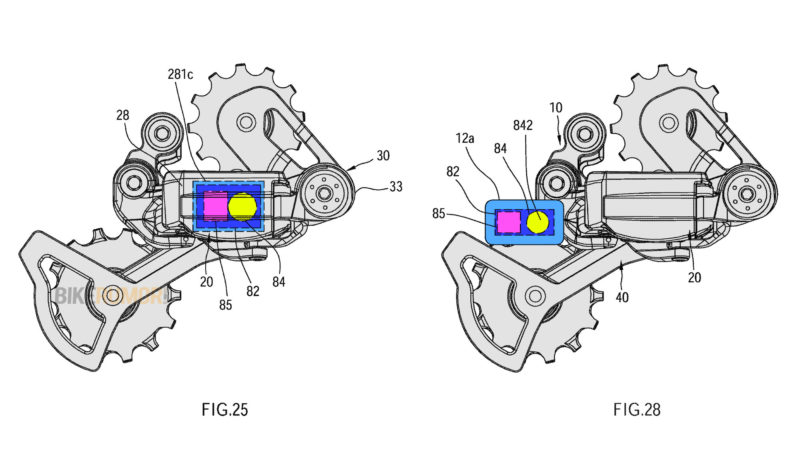
Indeed, the patent document describes a wireless charging function housed within an extra unit labelled as 12a in Fig. 28 (light blue). The nature of the actual wireless charging device isn’t described; it mentions only the portion of the derailleur designed to carry out the inductive charging of its batteries. Inside the wireless charging unit (shown in Fig. 25) is a wireless charging circuit (dark blue), a coil (yellow), and the rechargeable batteries (pink). An alternate configuration, and alternate positioning, is also shown in Fig. 28.
The document reads, “By utilizing inductive charging technology and by disposing the coil for inductive charging on the components of the rear derailleur, the rechargeable batteries of the rear derailleur could be charged more conveniently, without the need to set a charging interface on the battery module, preventing the batteries from damaging due to the worn charging interface”.
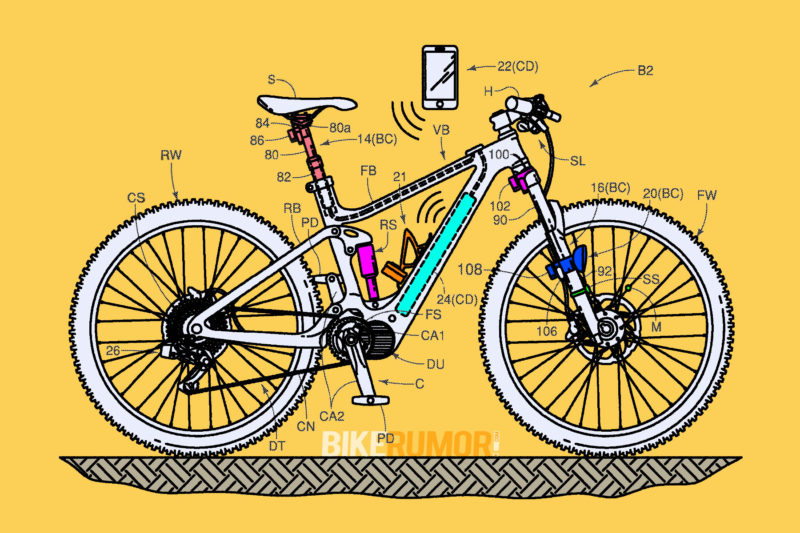
It’s not the first time we’ve seen a patent describing use of inductive charging for bicycle components. We recently discussed a patent from Shimano that proposed use of the technology to charge multiple electronically-actuated bicycle components. Shimano is even considering the use of magnetic resonance to charge eBike components.
About time?
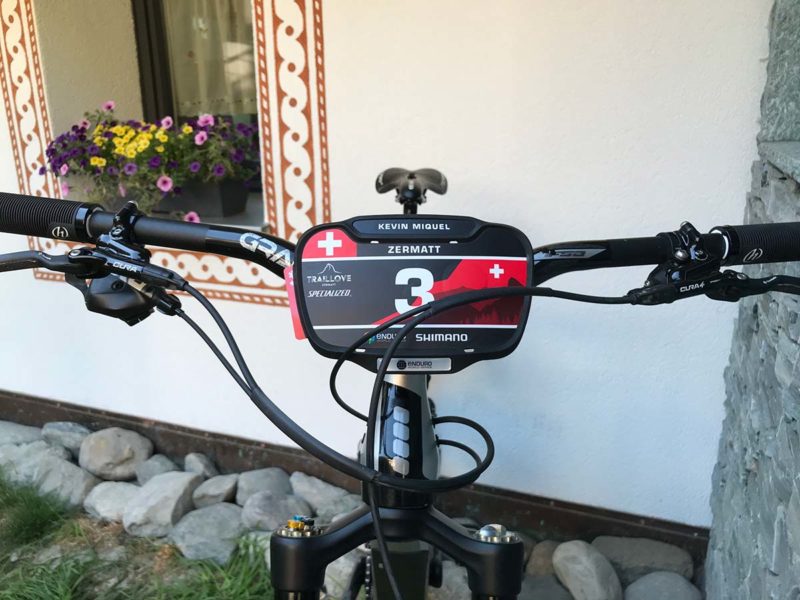
Ever since we set eyes on Kevin Miquel’s FSA-sponsored Sunn Kern at EWS Zermatt in 2020, we have wondered when FSA would finally take the plunge with a dedicated off-road drivetrain the team had been teasing. The FSA-sponsored rider was then running their Afterburner wheelset with the SL-K crankset with a 36T chainring, but they were paired with a SRAM cassette and SRAM derailleur. We were told at the time that a 12-Speed Electronic Group from FSA was on its way. But. while we’ve since seen the K-Force 12 Speed WE for road enter the market, there is still no dedicated off-road group from the Taiwanese manufacturer.
That seems likely to change in the not-too-distant future. FSA KFX WE 13 could be just around the corner…
There is no comment from FSA at this time.
[ad_2]
Source link

